In a remarkable story of loyalty and determination, a dog separated from his family during a household move traveled an astonishing distance—nearly 57 miles—to return to the only home he had ever known.
The inspiring journey demonstrates not only the deep emotional connection between dogs and their families but also the powerful instincts that drive them to find their way back to the people and places they love.

A Sudden Separation
According to reports from local animal welfare volunteers familiar with the case, the dog—known as Cooper—went missing during his family’s relocation to a new residence several towns away. Despite immediate efforts to locate him, including neighborhood searches and online alerts, Cooper couldn’t be found.
Family members and local residents searched for weeks, placing notices in nearby communities and contacting shelters, but there were no confirmed sightings. As time passed, hope began to fade.
Yet, as this story would later prove, Cooper had not given up.
The Long Journey Home
Roughly six months after the move, residents living near the family’s old home noticed a familiar-looking dog wandering close to the property. Tired, thinner, and covered in dust, the animal appeared cautious but hopeful.
When the homeowner stepped outside, the dog’s demeanor instantly changed—his tail began to wag, and his eyes lit up with recognition. It was Cooper. Against all odds, he had navigated approximately 57 miles of terrain, crossing roads, fields, and rural areas to return to the place he remembered most.
Veterinary experts explain that dogs often rely on their strong sense of smell and memory of landmarks to travel long distances. While such journeys are rare, documented cases do exist of dogs traveling dozens of miles to reunite with their owners.
Cooper’s return, while extraordinary, is consistent with the well-documented homing abilities seen in certain animals, especially those with deep emotional bonds and strong survival instincts.
An Emotional Reunion
The reunion that followed was one filled with joy and disbelief. Cooper’s owners, overwhelmed with emotion, could hardly believe he had found his way back after so many months.
Neighbors who witnessed the moment described the scene as deeply moving. Cooper wagged his tail nonstop as he was embraced by his family, his excitement clear in every movement.
According to veterinarians, such emotional responses are common in animals that have endured long separations. Dogs, known for their attachment and memory, often display remarkable emotional recognition toward their owners—even after extended absences.
Community Support and Reaction
The story of Cooper’s return quickly spread throughout the neighborhood and beyond. Local community pages and animal rescue groups shared updates, calling his journey a “symbol of perseverance and devotion.”
People who followed the story online commented about how it restored their faith in the bond between humans and animals. Many expressed admiration for Cooper’s endurance, while others praised the family for their ongoing efforts to find him and never giving up hope.
While such outcomes are rare, animal welfare advocates say stories like Cooper’s help raise awareness about pet safety during moves—a time when pets are especially vulnerable to becoming lost or disoriented.

The Science Behind the Journey
Researchers studying canine behavior have explored how dogs navigate long distances. According to studies published in animal cognition journals, dogs may use a combination of scent cues, environmental familiarity, and even magnetic field sensitivity to orient themselves.
Dr. Julian Kaminski, a cognitive ethologist, notes that a dog’s sense of smell is up to 100,000 times more sensitive than that of humans, enabling them to track familiar scents over significant distances, especially in rural or less urbanized environments.
While the exact mechanism behind Cooper’s navigation remains uncertain, experts agree that the strong emotional and sensory connections dogs form with their environments play a critical role.
After the Return: Health and Recovery
Following his return, Cooper was taken to a veterinary clinic for a full examination. The checkup revealed mild dehydration and weight loss, but no serious injuries. With regular meals, hydration, and rest, he quickly regained his strength.
The veterinarian overseeing his care noted that Cooper’s endurance and health were signs of a well-cared-for animal prior to his disappearance, suggesting that his previous lifestyle contributed to his survival.
His family has since microchipped him and updated his ID tags to ensure he can be more easily identified if he ever becomes lost again—a reminder of the importance of pet identification and safety planning.
A Story That Touched Thousands
Cooper’s incredible journey didn’t just end at his doorstep—it captured hearts worldwide after his story was shared on animal news networks and social media. The post reached thousands of readers, many of whom commented about similar experiences of lost pets finding their way home.
Experts at organizations such as the American Humane Society and RSPCA emphasize that while not every lost pet can make such a journey, Cooper’s story underscores why community involvement and quick response are vital. Alerting local shelters, veterinarians, and using pet recovery databases can dramatically increase the chances of reunion.
The Message Behind the Miracle
At its heart, Cooper’s story is not just about survival—it’s a testament to the resilience, loyalty, and emotional depth of dogs everywhere. His determination to return to the place he considered home reflects the powerful human-animal bond that science continues to explore and celebrate.
For his family, the months of uncertainty ended with tears of joy and renewed gratitude. Their home, once quiet and incomplete without the sound of paws and playful barks, was whole again.
In an era where stories often highlight challenges and loss, this reunion offers something simpler and timeless: hope.
How to Keep Pets Safe During a Move
Experts recommend several steps to protect pets during relocations:
-
Update Identification: Ensure collars, microchips, and tags have current contact information.
-
Prepare a Safe Space: Keep pets indoors or secured during packing and moving to prevent them from running off due to stress or confusion.
-
Use Familiar Items: Bring their favorite toys, bedding, or food bowls to the new location to help ease anxiety.
-
Alert Local Shelters: If a pet goes missing, immediately notify nearby shelters, vets, and local rescue pages.
-
Maintain Routine: Feeding and walking schedules should remain consistent to help pets adjust more easily.
Following these steps can make a life-saving difference and help prevent cases of lost or displaced animals.
A Happy Ending Worth Remembering
Today, Cooper is safe, healthy, and back where he belongs—living proof of the unbreakable bond between humans and their loyal companions. His journey may have been long and uncertain, but it reminds us all that love and loyalty can truly find their way home.
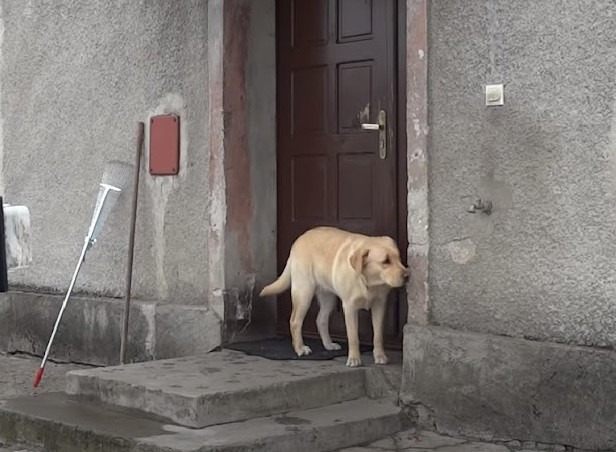
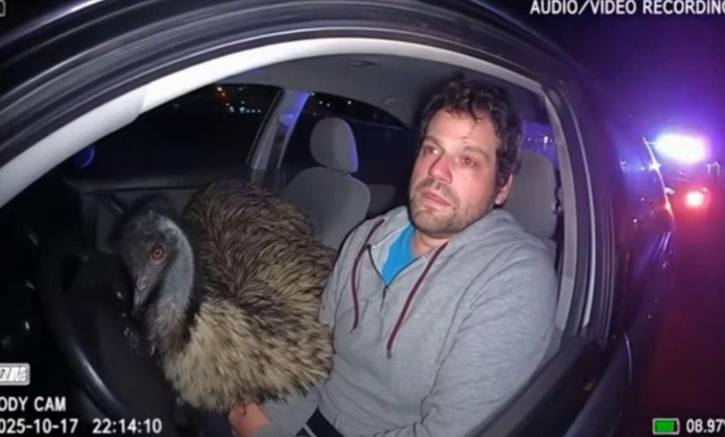
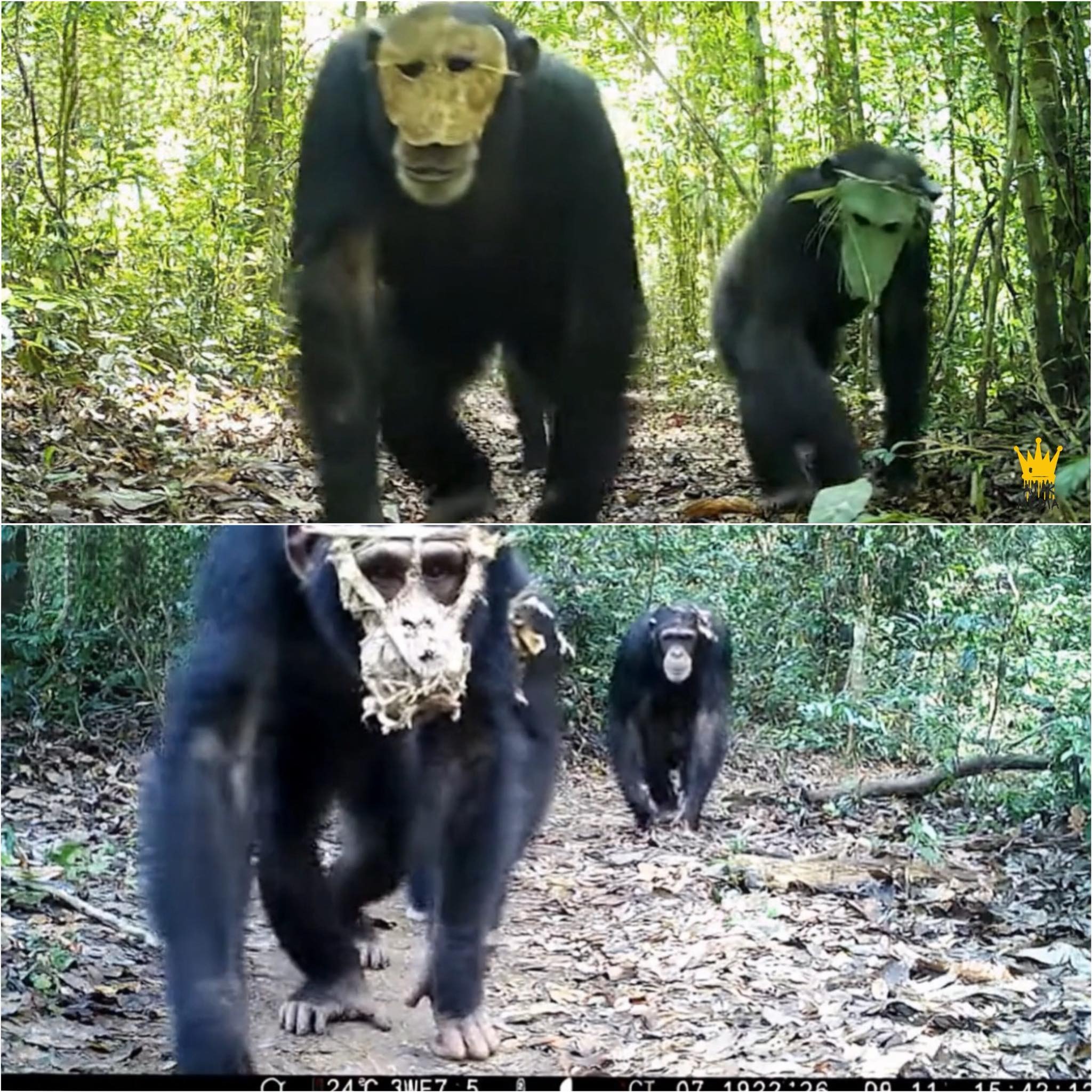
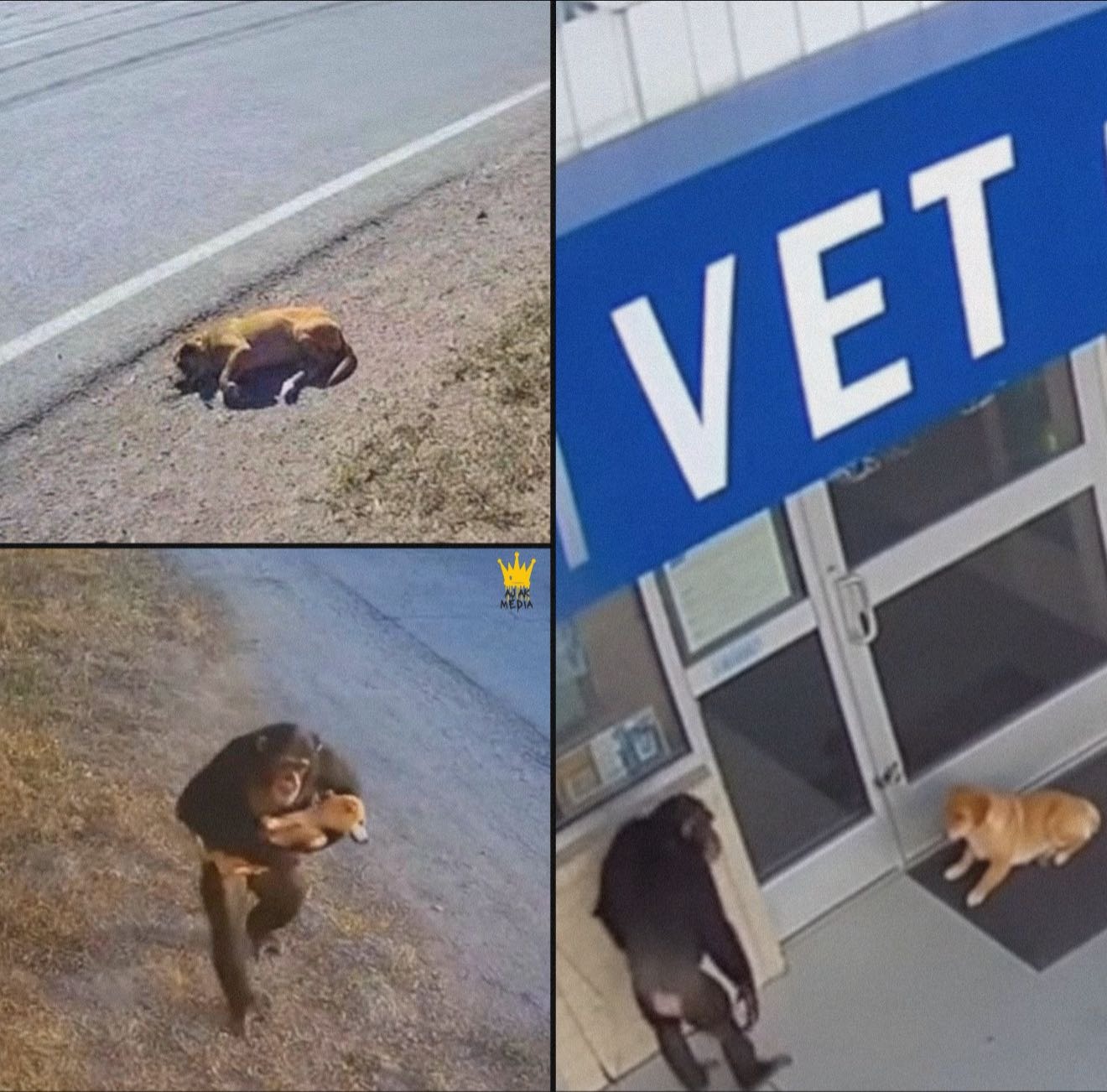
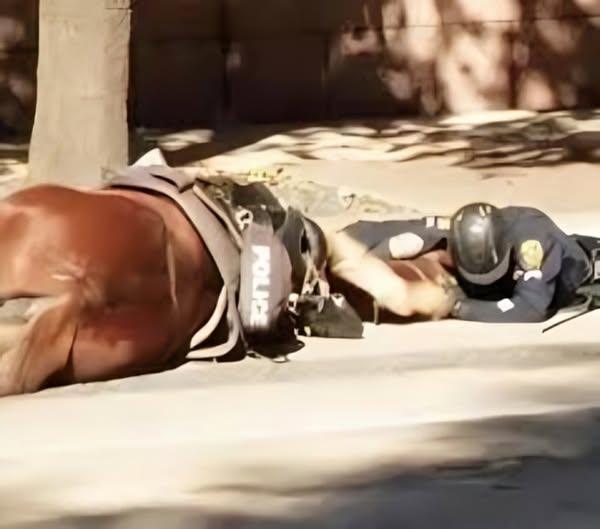
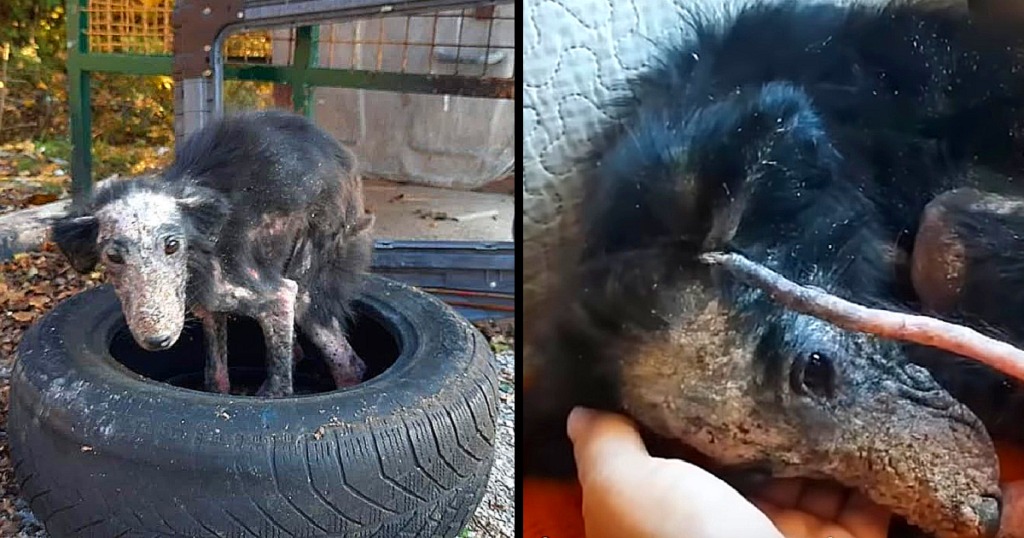
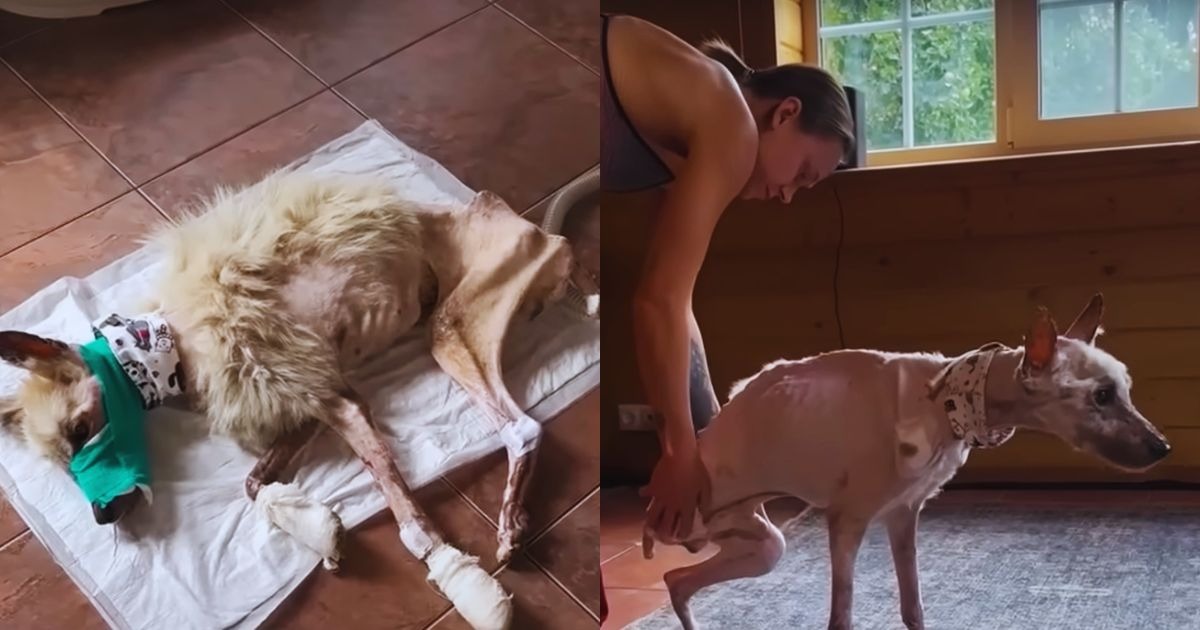
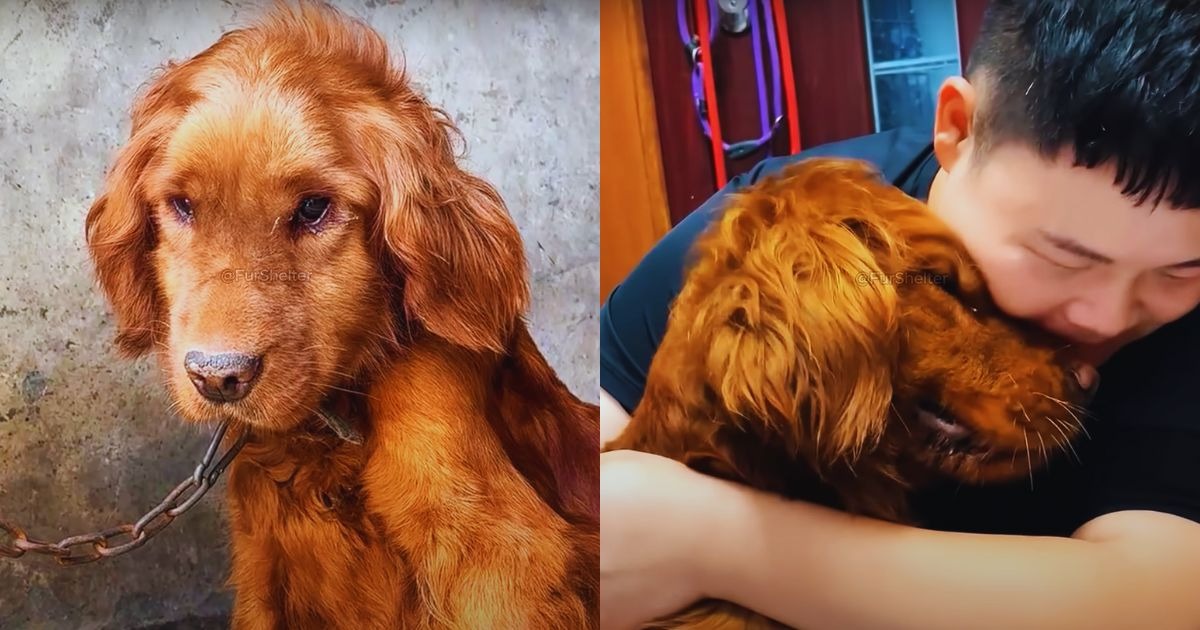
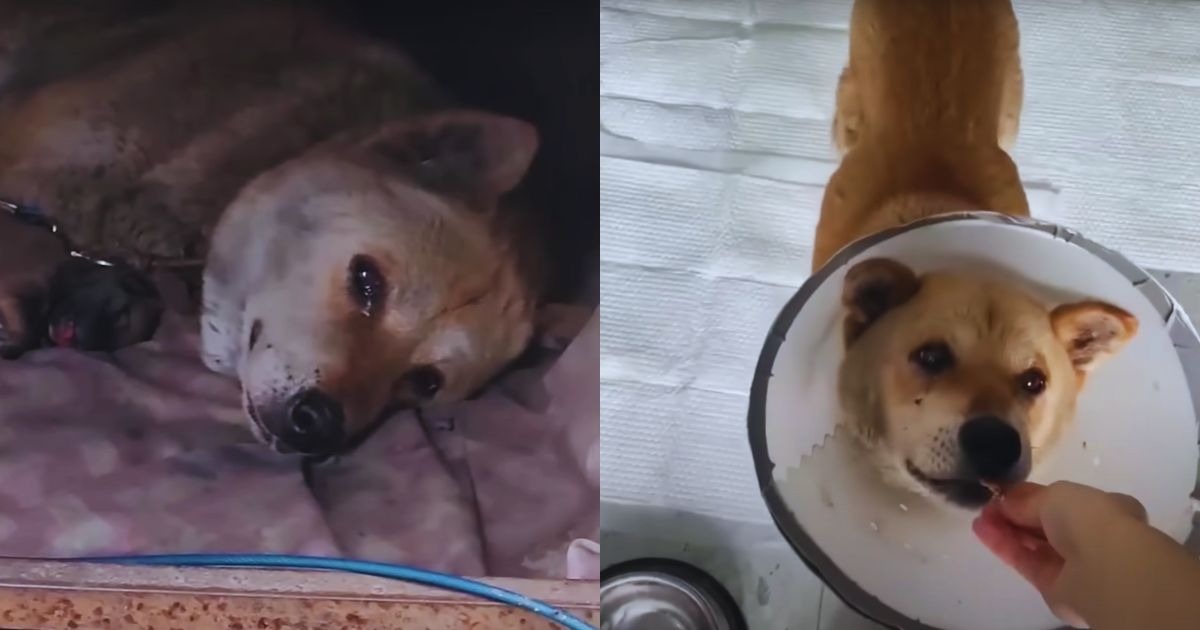
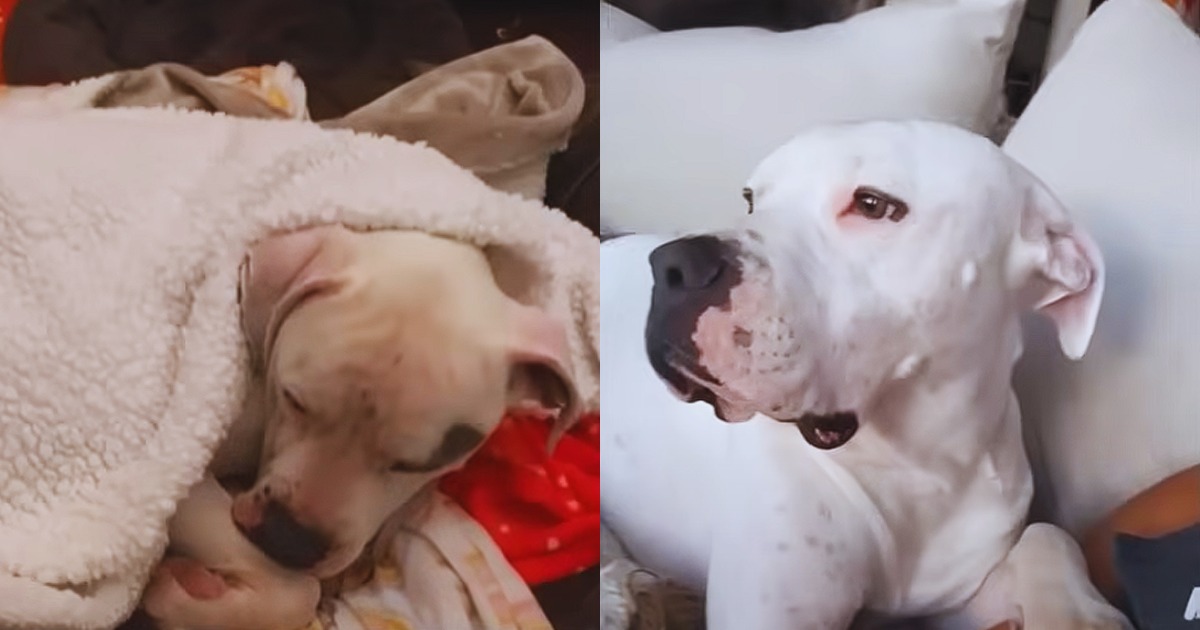


Leave a Reply